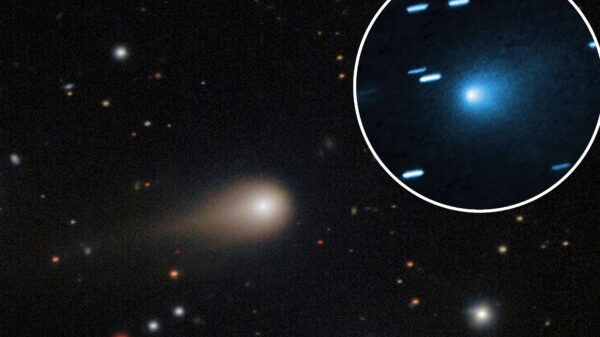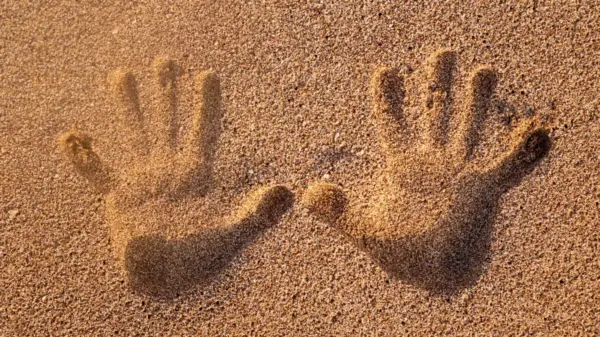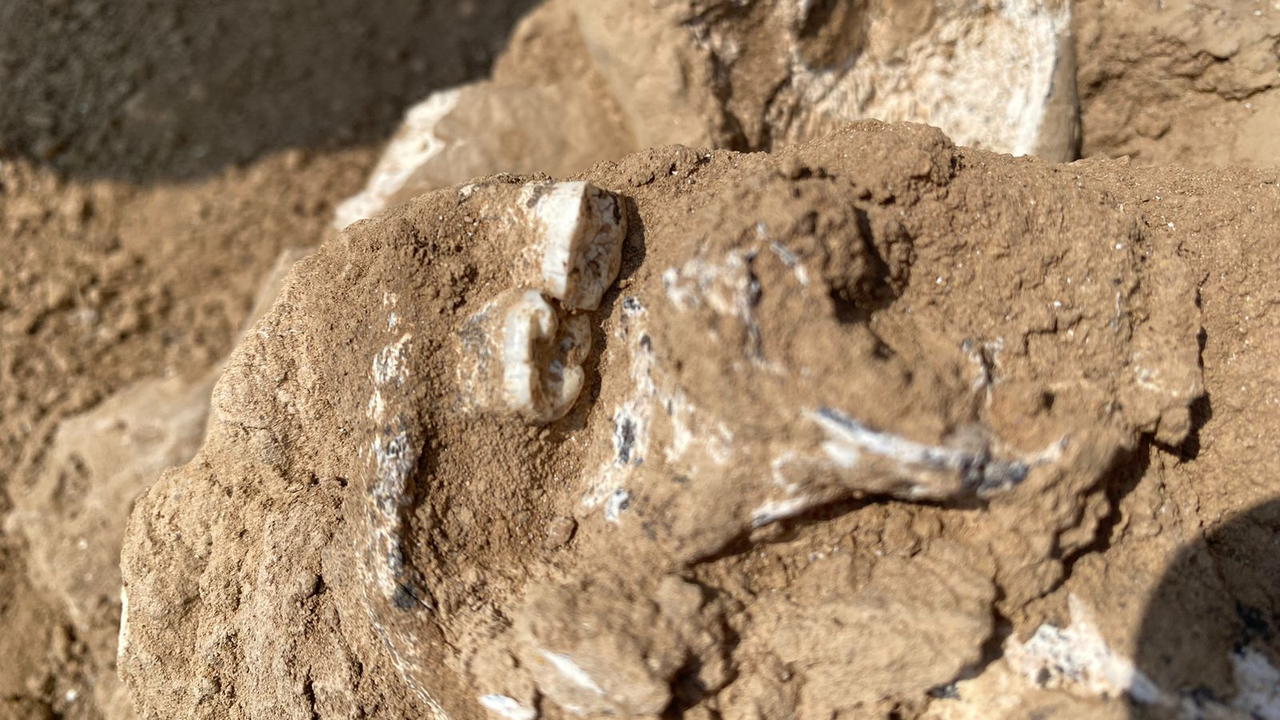A 1.8 million-year-old jawbone, identified as belonging to Homo erectus, has been discovered in the Republic of Georgia, potentially marking one of the earliest examples of humans living outside Africa. The find, announced on July 31 by the Georgian National Agency for Cultural Heritage Preservation, could provide significant insights into the migration patterns of early hominins. According to Giorgi Bidzinashvili, an archaeologist at Ilia State University in Tbilisi, this discovery is expected to illuminate the reasons behind early human migration from Africa.
The jawbone was excavated at the early Stone Age site of Orozmani, located approximately 60 miles (100 kilometers) south of Tbilisi. Bidzinashvili has been leading the excavation since 2020, where researchers have previously uncovered stone tools and a tooth from Homo erectus, found in 2022. This ongoing research at Orozmani aims to deepen the understanding of human evolution and migration.
Significance of the Discovery
The research team believes that the jawbone may indicate that several early human groups settled in the Caucasus region shortly after their departure from Africa. The evolution of Homo erectus began around 2 million years ago in Africa, making it the first known human ancestor to migrate beyond the continent. The earliest evidence of this migration has been linked to the site of Dmanisi, situated just 12 miles (19 km) from Orozmani.
Studies conducted on the lava flows at both sites indicate that they are roughly contemporaneous, dating between 1.825 million and 1.765 million years ago. Excavations at Dmanisi have uncovered over 100 fossil bones, including five skulls, revealing that the earliest hominins who ventured out of Africa were significantly smaller and had smaller brains compared to modern humans. Initially classified as Homo georgicus, these remains are now largely recognized as the earliest known Homo erectus in Eurasia.
Future Research Directions
Although the fossils from Orozmani are limited to one tooth and a partial jaw, their discovery raises intriguing questions about the migration of early humans. Bidzinashvili noted, “Since we have not yet cleaned the jaw, it has not been compared with the Orozmani tooth from 2022.” This comparison is crucial in determining the relationship between the specimens from the two sites.
The research team is currently working to ascertain whether the fossils at Orozmani are older than those at Dmanisi or if they are of a similar age. “Until we have new dates, we can neither confirm nor deny that the Orozmani human fossils are older than Dmanisi or contemporaneous,” Bidzinashvili stated. Results from ongoing analyses are expected by the end of the year.
The implications of this discovery extend beyond mere fossil records. Karen Baab, a biological anthropologist at Midwestern University in Glendale, Arizona, commented on the significance of the find, suggesting, “Maybe we’re seeing that this movement to Georgia wasn’t an isolated incident, but maybe there was a broader distribution of Homo erectus in this time period.”
As these findings continue to evolve, the excavation at Orozmani may play a pivotal role in reshaping our understanding of human history and the pathways our ancestors took long before the emergence of modern humans.



































































